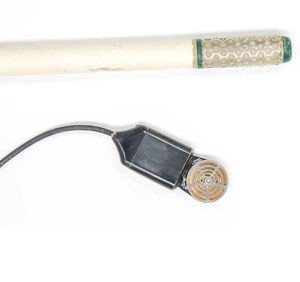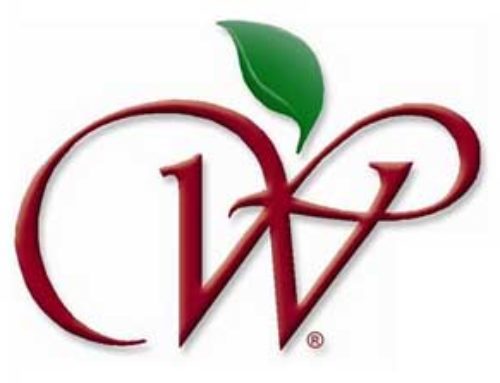—by Kate Prengaman

Taking advantage of the influx of irrigation technologies requires that growers go back to basics, too.
That was the core message at an irrigation field day organized by Bernardita Sallato of Washington State University Extension on July 25 in southeastern Washington.
“You need to know how much water your soil can hold in the managed root zone. You also need to know how much you are applying, what is your specific irrigation application rate,” said WSU irrigation expert Troy Peters. Technology can help you manage your irrigation, but without those key numbers, growers might be flying blind. WSU offers calculators to help, he said — online at: http://irrigation.wsu.edu/Content/Select-Calculators.php.
Taggares Fruit Co. hosted the field day in a Fuji block at its Snake River Orchards, where the company is collaborating with scientists from WSU and the U.S. Department of Agriculture to host a trial that tracks tree stress with a variety of sensors under deficit irrigation regimes.

Taggares horticulturist Erick Smith told field day attendees that he was trying to move the ranch away from the idea that in sandy soil, more water is better. He is testing out shorter, more frequent irrigation sets and has found that he can use less water throughout the season and also see tree health gains. That may be because the nutrients he applies through fertigation are no longer being flushed out of the root zone, he said.
To illustrate that concept, Peters poured water onto a sponge until it was full — illustrating field capacity of a soil. Add more water beyond that point and it leaks out from below, taking any nutrients with it. In the soil, that’s invisible.
Invisible without sensors, that is.
Peters shared an overview of types of soil moisture sensors available. All have their pros and cons, but knowing more about your soil — where the root zone is and what challenges you are managing for — the better you can choose and locate a sensor, he said.
WSU physiologist Lee Kalcsits talked about plant-based sensors for water stress, such as dendrometers, microtensiometers and pressure chambers. These can provide indications of the trees’ level of water stress, but what those levels of stress mean and how to use the information in tree fruit management remains uncertain. That’s what Kalcsits and USDA soil scientist Andrew Bierer aim to find out with the research project hosted at Taggares. •







Leave A Comment